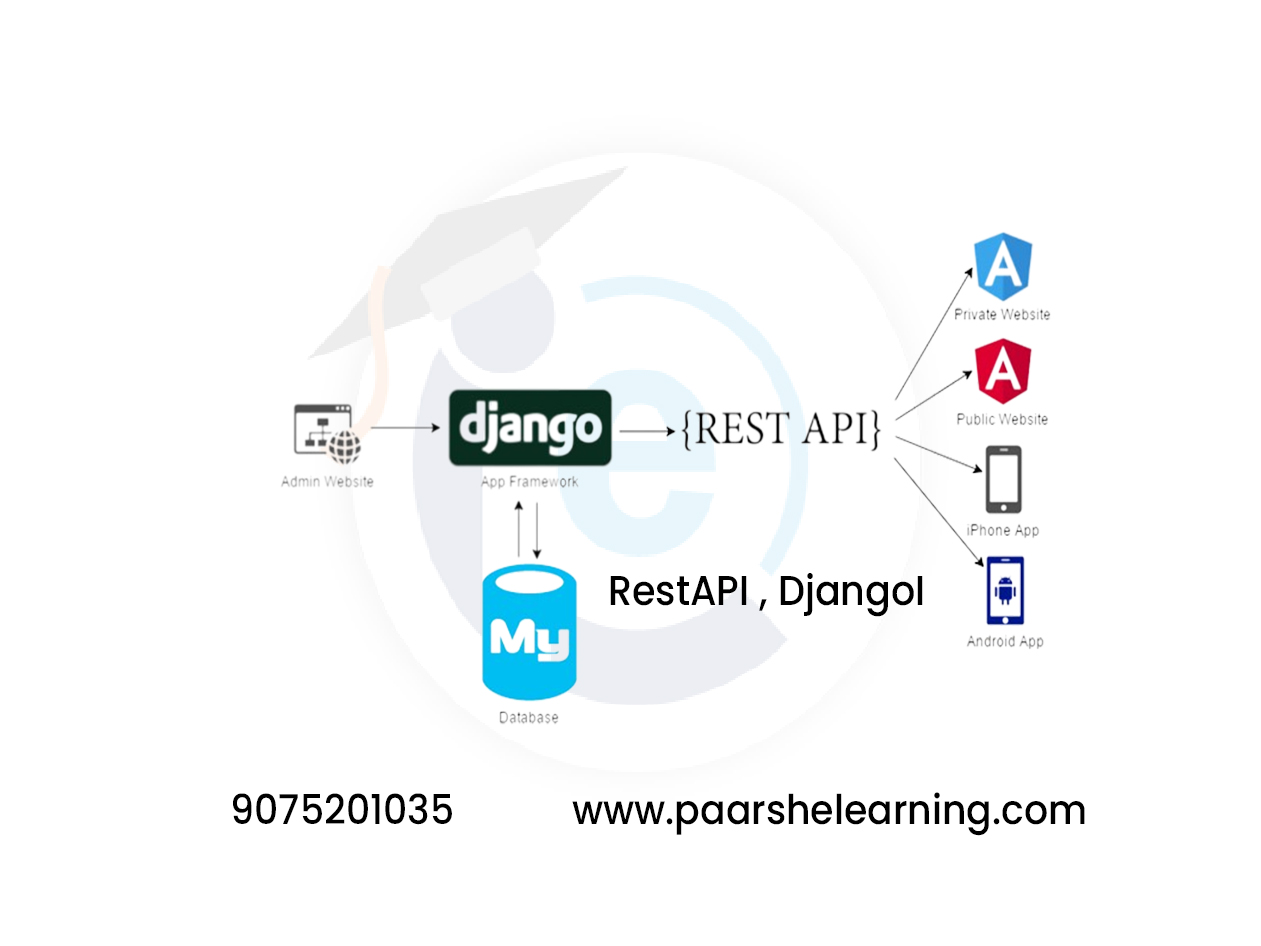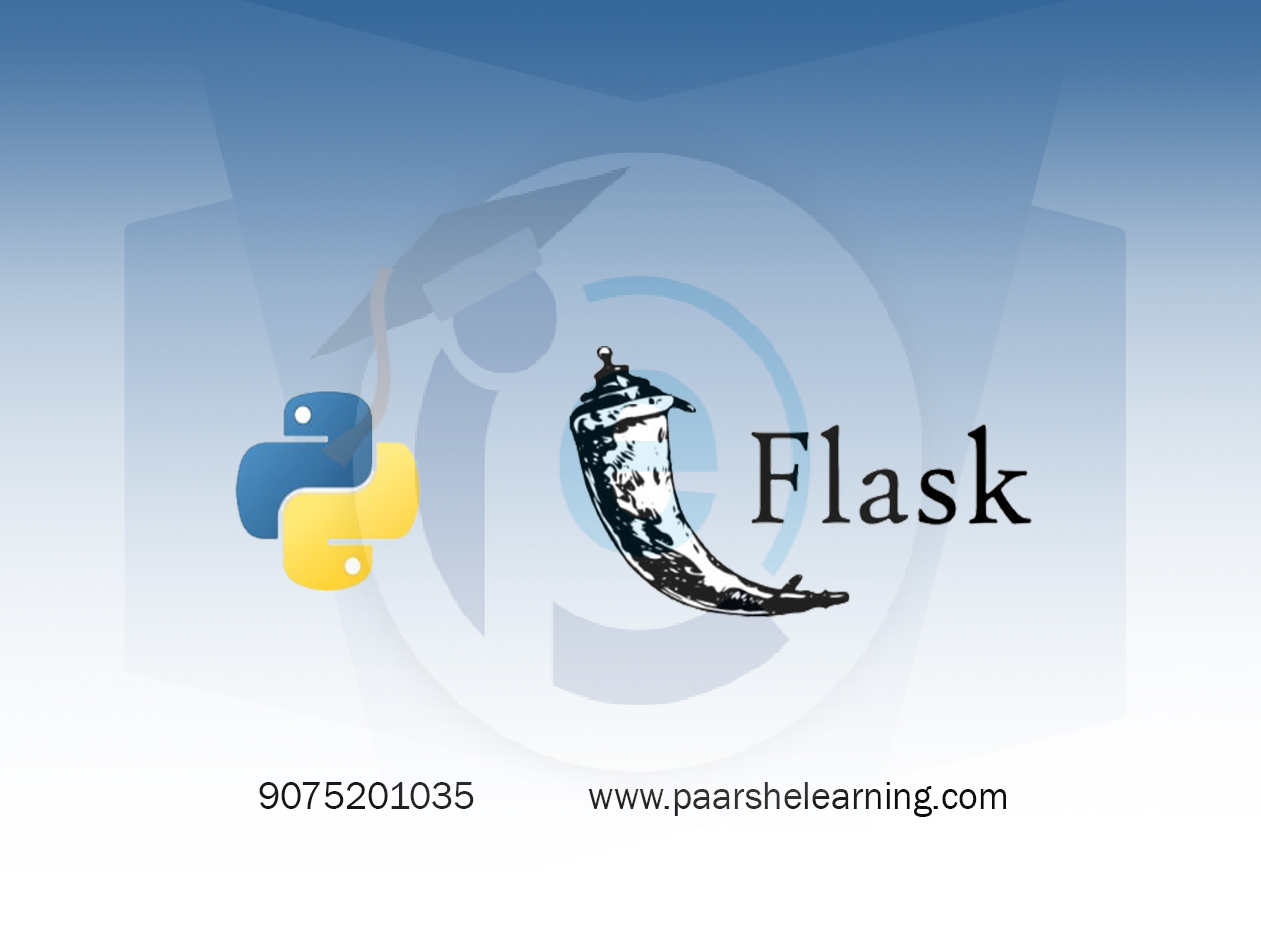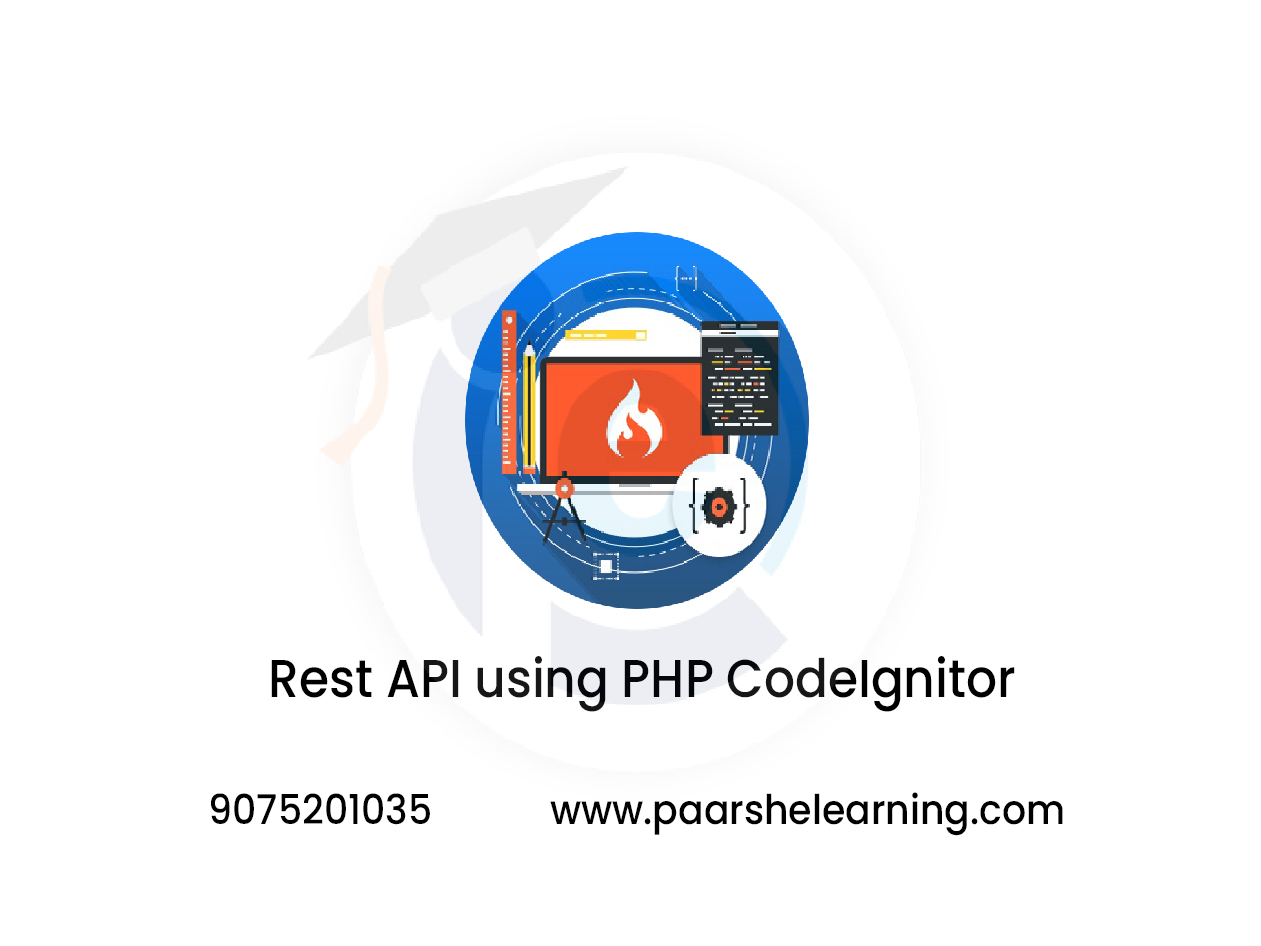- Introduction to Laravel: Introduction to the Laravel framework and its features Installing and setting up Laravel Creating a new Laravel project Understanding the Laravel directory structure
- PHP Basics: Variables, data types, and operators in PHP Control structures in PHP, including if/else statements and loops Functions and arrays in PHP Object-Oriented Programming (OOP) basics in PHP
- Laravel Routing: Understanding the Laravel routing system Defining routes in Laravel Mapping routes to controllers and actions Route parameters and named routes
- Controllers and Views: Creating and using controllers in Laravel Creating and using views in Laravel Passing data from controllers to views Working with blade templates in Laravel Creating and processing forms in Laravel
- Laravel Models and Databases: Understanding Laravel's Object-Relational Mapping (ORM) system, Eloquent Defining models in Laravel Creating and using migrations in Laravel Creating, reading, updating, and deleting (CRUD) data in Laravel Using relationships between models in Laravel
- Middleware and Authentication: Understanding middleware in Laravel Using middleware for authentication and authorization Implementing authentication in Laravel with Laravel's built-in features Creating custom authentication guards and providers in Laravel
- Front-end Development: Introduction to HTML, CSS, and JavaScript Using front-end frameworks like Bootstrap with Laravel Creating responsive and dynamic user interfaces with Laravel and front-end frameworks Using JavaScript libraries like jQuery with Laravel
Full Stack PHP Laravel
Course description
Full Stack PHP Laravel development refers to building web applications using the Laravel framework on both the front-end and back-end. Laravel is a popular PHP framework known for its elegant syntax, robust features, and developer-friendly approach. Here are the key areas you can focus on when learning Full Stack PHP Laravel development:
-
PHP Fundamentals: Develop a strong understanding of the PHP programming language. Learn about variables, data types, control structures (if-else, loops), functions, arrays, and string manipulation. Familiarize yourself with PHP syntax and coding conventions.
-
HTML/CSS: Learn the basics of HTML and CSS for building the front end of web applications. Understand how to structure web pages using HTML tags, create forms, and apply CSS styles for layout and design.
-
Laravel Basics: Understand the fundamental concepts of the Laravel framework. Learn how to set up a Laravel project, define routes, and work with controllers, models, and views. Explore Laravel's elegant syntax, built-in features, and the MVC (Model-View-Controller) architectural pattern.
-
Database Integration: Gain knowledge of working with databases in Laravel. Understand how to connect to databases, perform CRUD operations (Create, Read, Update, Delete), and utilize Laravel's query builder or Eloquent ORM (Object-Relational Mapping) for database interactions. Learn about migrations for managing database schema changes.
-
Blade Templating Engine: Familiarize yourself with Laravel's Blade templating engine. Learn how to create reusable templates, pass data to views, and implement control structures like conditionals and loops within templates.
-
Authentication and Authorization: Understand how to implement user authentication and authorization in Laravel. Learn how to handle user registration, login, password reset functionality, and manage user roles and permissions.
-
RESTful APIs: Learn how to build RESTful APIs using Laravel. Understand how to define API routes, handle HTTP methods (GET, POST, PUT, DELETE), and format API responses in JSON. Explore techniques for request validation, serialization, and authentication for securing your APIs.
-
Form Handling and Validation: Learn how to handle forms in Laravel and perform server-side form validation. Utilize Laravel's form validation features to validate user input, handle form submissions, and display validation errors.
-
Eloquent Relationships: Explore Laravel's Eloquent ORM and learn how to define and work with database relationships such as one-to-one, one-to-many, and many-to-many relationships. Understand eager loading, lazy loading, and querying related data.
-
Deployment and Hosting: Learn how to deploy and host Laravel applications. Understand how to configure web servers like Apache or Nginx, set up Laravel on the server, and manage the deployment process effectively. Explore deployment options such as using cloud platforms like AWS or deploying to a PaaS provider like Heroku.
What you will learn from this course?
This course includes!
- Daily Live session
- A recorded session with problem-solving material
- Access on Mobile and TV
- Certificate of completion
- Recommendation Letter
- 100% Job Placements
This course is for
- Beginner to intermediate programmers who want to learn Laravel and full-stack web development
- Web developers who want to expand their skills and learn a popular PHP framework
- Freelance developers or small business owners who want to build and launch their own web applications with Laravel
- Students or recent graduates who want to start a career in web development
Prerequisites for this course
- Basic programming knowledge: You should have a good understanding of basic programming concepts such as variables, control structures, functions, and arrays. You should also have some experience with programming languages like PHP or JavaScript.
- Understanding of HTML, CSS, and JavaScript: Since web development involves creating web pages and user interfaces, you should have a good understanding of HTML, CSS, and JavaScript.
- Knowledge of PHP: Since Laravel is a PHP framework, you should have some knowledge of PHP programming language. You should be familiar with topics such as variables, functions, arrays, loops, conditional statements, and OOP
Full Stack Php Laravel Syllabus
-
Introduction To Web Development And Html/css
Overview of web development and its components Introduction to HTML and its structure Creating a basic HTML document Working with HTML tags, attributes, and elements Basic CSS and styling elements
-
Introduction To Php And Laravel
Introduction to PHP scripting language Setting up a local PHP development environment Writing and executing PHP scripts Overview of the Laravel framework Setting up a Laravel project
-
Laravel Mvc Architecture
Understanding Laravel's MVC architecture Creating and organizing controllers, models, and views Passing data from controllers to views Using Blade templating engine for views
-
Database Interaction With Laravel
Connecting Laravel to a database Using Eloquent ORM for database interaction Defining models and relationships Executing database queries and transactions
-
User Authentication And Authorization
Implementing user registration and login systems Using Laravel's built-in authentication system Handling user sessions and access control Password hashing and security considerations
-
Front-end Development With Laravel
Working with Blade templates and layouts Using Laravel's form handling and validation Integrating CSS and JavaScript libraries Templating and displaying dynamic data
-
Restful Apis And Ajax
Building RESTful APIs using Laravel Creating API endpoints and controllers Consuming APIs using AJAX and JavaScript Securing APIs and implementing authentication
-
Full Stack Development And Final Project
Integrating front-end (HTML, CSS, JavaScript) with Laravel backend Building a complete web application from scratch Implementing user authentication and registration Final project: Developing a fully functional full stack web application using Laravel
-
Paarsh E-Learning encourages hands-on practice, assignments, and projects throughout the course to reinforce students' understanding of full-stack web development using Laravel. Assign practical exercises that involve building interactive web applications, integrating databases, and implementing user authentication. Cover both theoretical concepts and practical applications to provide a well-rounded learning experience.






